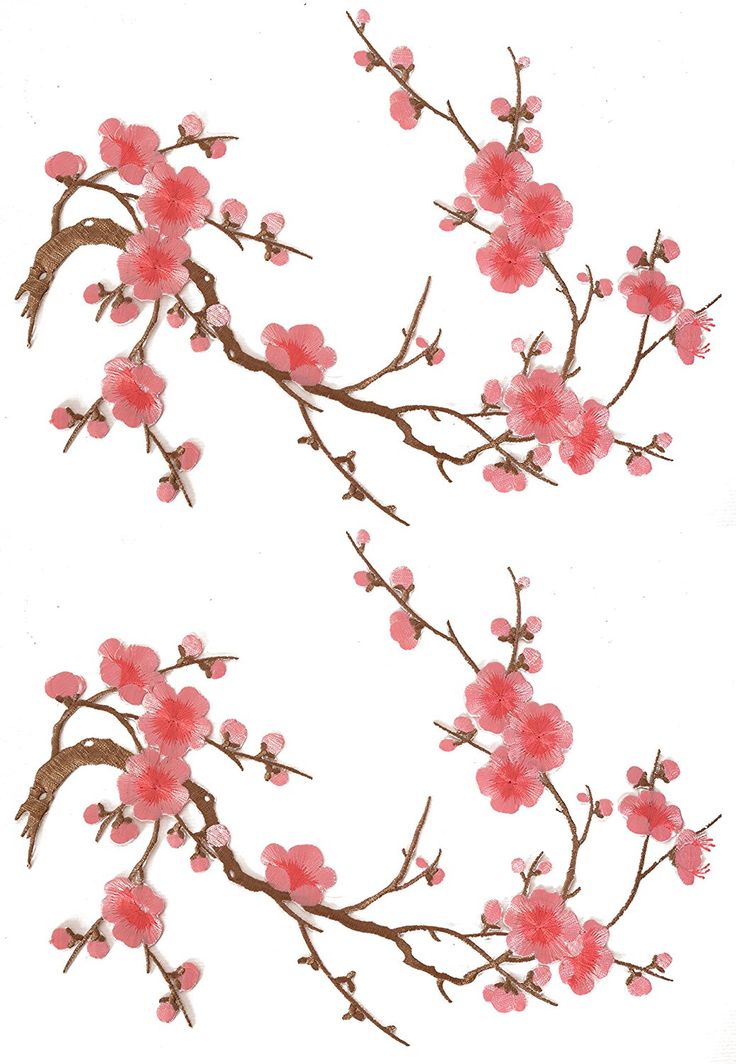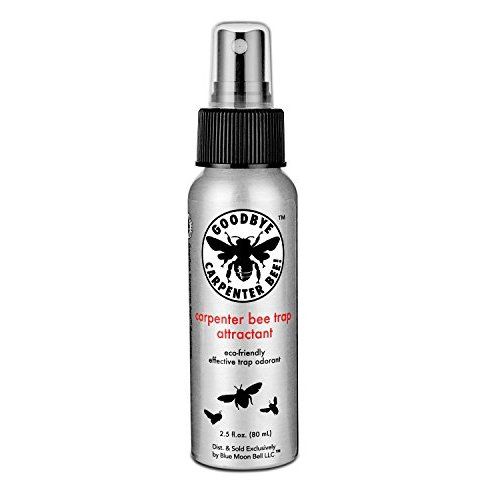When to plant grass in spring
Spring Grass Seeding May Fill In Bare Areas
Spring Grass Seeding May Fill In Bare Areas
Return to Lawn Agent Articles
Normally, spring is not considered the ideal time to overseed a cool season bluegrass or fescue lawn because of the shorter establishment period before summer and the increased issues with weeds. However, if done properly and with attention to maintenance, spring might be a viable option.
Best time to attempt spring grass seeding
The best time to seed in the spring is mid-March through early April. Like fall seeding, the soil must first be prepared. The recommended method is verticutting. A verticut slices grooves in the soil that allows for the necessary seed and soil contact for germination. Simply scattering the seed on the ground usually results in a poor stand and a waste of time and money. Very small patches can be roughed up with a garden rake.
Once the soil is prepared the seed can be broadcast. Then the fun of overseeding begins as the soil surface must be kept moist through germination and into early establishment. This means light, frequent water applications applied as needed, based on weather patterns. The good news is that in the spring temperatures are cooler and more overcast, and rainy days are likely to reduce the watering demands typically found during hot September days.
Grass germination times for spring seeding
The length of time it will take for the grass seed to germinate will depend on the temperatures. Expect at least two to three weeks, or more, for emergence. Once the seed is up, reduce the frequency of watering to as needed. By that I mean, water when the seedling grass shows signs of stress, such as wilting or turning a bluish cast.
Care after spring grass seed germinates
Spring seeded turf has a very limited root system. My recommendation is not to even attempt spring seeding unless you are committed to watering during the summer. Without regular summer applications the spring grass is likely to die in the dog days of summer, which means you are right back where you started and out your time and money.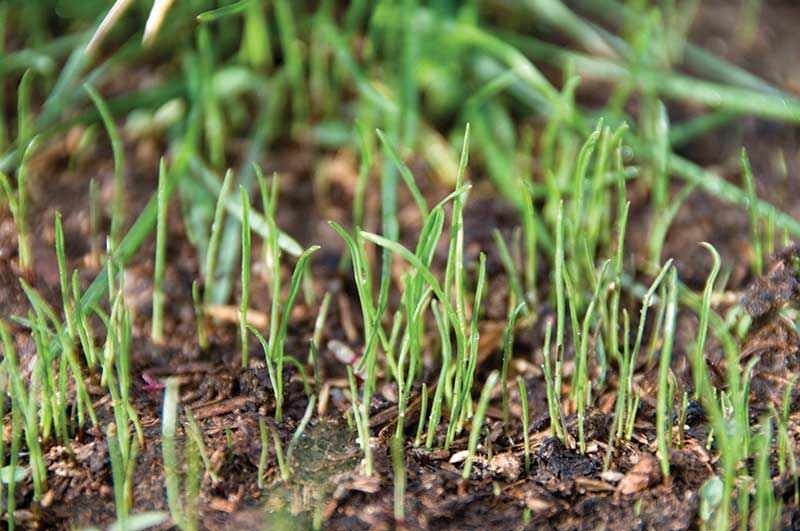
Spring seeded turf will also need a little more fertilizer to get it up and growing. At seeding apply a starter type fertilizer. Apply a second application about four weeks after germination using a high nitrogen source of fertilizer such as 30-0-0, and, if possible, find a formulation that contains a percentage of slow release nutrients. This helps spread out the feeding and reduces summer stress by not being under such a lush application of nitrogen.
Problems with spring grass seed germination
One of the historic problems with spring seeding has been excessive crabgrass germination. Thin turf areas and disturbing the soil results in a bumper crop of this pesky weed. Fortunately newer crabgrass control products can help us overcome this problem. The product Dithiopyr (active ingredient) is recommended for spring seeding as it can be applied later into the season and still provide good control.
This product actually works as a pre-emergent and on seedling crabgrass which has already germinated. In most seasons it can be applied in early to mid-May and still provide excellent season long control. In fact, some labels on the product indicate it can be applied as soon as two weeks after germination, or when the new grass is 2 inches tall.
In most seasons it can be applied in early to mid-May and still provide excellent season long control. In fact, some labels on the product indicate it can be applied as soon as two weeks after germination, or when the new grass is 2 inches tall.
January and February is the time to decide whether to seed this spring or just wait until fall and hope for a summer miracle. No matter what you decide, planning will lead to success as well as knowing the proper steps.
Exactly When to Plant Grass Seed in Spring
Wondering when to plant grass seed in spring for ideal results? Discover the best times and perfect seeding schedule for your region, plus our top tips.
Reviews by This Old House Reviews Team 03/21/2023 9:29 am
Planting grass seed is an efficient way to create a fuller and greener lawn that gives your home an appealing look and provides a lush environment for outdoor fun. However, you can’t throw down seeds at any time and expect perfect results. Grass seeding should be completed at the right time to ensure proper germination and growth in your lawn.
Grass seeding should be completed at the right time to ensure proper germination and growth in your lawn.
For many people, springtime is the season for completing yard work and other outdoor projects. You’ll need to know the proper time for grass seeding in the spring to get the best results. Read on to learn more about the factors that influence seeding times, how to prepare your lawn for planting, and how to maintain growth throughout the year.
Factors That Influence Seeding Times
While many homeowners have a lawn care schedule in the spring, it’s not enough to just complete seeding at any point during the season. To ensure proper growth, you should consider your location as well as the type of grass you have, as these factors influence the right seeding conditions.
Location
Your location impacts your climate, which in turn affects the type of grass you lay down and when it should be seeded. For example, many parts of the south use warm-season grasses to handle the temperate climate that prevails all year long. Other parts of the country, such as the midwest and far north, experience freezing temperatures that require cool-season grasses.
Other parts of the country, such as the midwest and far north, experience freezing temperatures that require cool-season grasses.
Warm-Season Grasses
Unsurprisingly, warm-season grasses thrive in warmer climates. These grasses, including Bahia grass, Bermuda grass, zoysia grass, centipede grass, St. Augustine, and other turfgrasses, germinate in air temperatures above 80 degrees Fahrenheit.
If you live in an area of the country where temperatures stay fairly consistent year round, you can typically plant warm-season grasses from early spring to late fall. However, if your yard experiences the highs and lows of traditional seasons, be sure to plant your grass in late spring or early summer.
Cool-Season Grasses
Cool-season grasses, including Kentucky bluegrass, tall fescue, fine fescue, and perennial ryegrass, fare better in areas of the country with temperate summers and chilly winters. This type of grass is dormant during the winter and grows during the fall and spring. It’s recommended that you plant your cool-season grass seed in late summer or early fall before temperatures dip below freezing.
It’s recommended that you plant your cool-season grass seed in late summer or early fall before temperatures dip below freezing.
Weather
In addition to the temperature, which impacts the season you should plant your cool- or warm-season grass, it’s also important to keep an eye on other weather conditions. For example, light rain may help seeds grow, though a heavy pour could wash seeds away. Check the radar to ensure a heavy storm isn’t approaching your area in the days after seeding.
In a similar vein, be sure to plant your seeds when the ground is sturdy and free of mud puddles, which can lead to disease. You’ll also want to avoid windy weather. Just as rain can wash seeds away, heavy winds can push newly-spread seeds across your existing lawn.
If perfecting this timing sounds overly complex, full-service lawn companies such as TruGreen lawn care can attend to seeding and fertilizing your lawn on the right schedule.
How to Prepare Your Lawn
While timing is important when seeding your lawn, preparation is also key.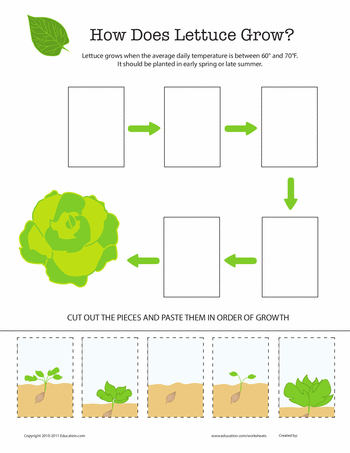 Readying your lawn ensures that your soil is ready to promote new grass seed germination and growth. Preparing your yard consists of multiple steps, including actions like leveling your lawn, testing your soil, and aeration. Take a closer look at each step of the process below.
Readying your lawn ensures that your soil is ready to promote new grass seed germination and growth. Preparing your yard consists of multiple steps, including actions like leveling your lawn, testing your soil, and aeration. Take a closer look at each step of the process below.
Level the Lawn
Before planting new seed, it’s important to remove any inconsistencies in your lawn, such as rocks and debris. Additionally, be sure to level the various peaks and valleys in your yard with a soil mixture that consists of sand, topsoil, and compost. Don’t just use topsoil, as this fresh mixture may contain weed seeds and other harmful nutrients.
Address Bare Spots
Bare spots pop up in lawns for a variety of reasons, such as heavy foot traffic, drought, and insect infestations. Once you’ve identified the brown spots in your lawn, you can prepare them for overseeding by digging up the area, mixing in new topsoil, and using a rake to level the ground. From there, the bare spot is ready for seeding.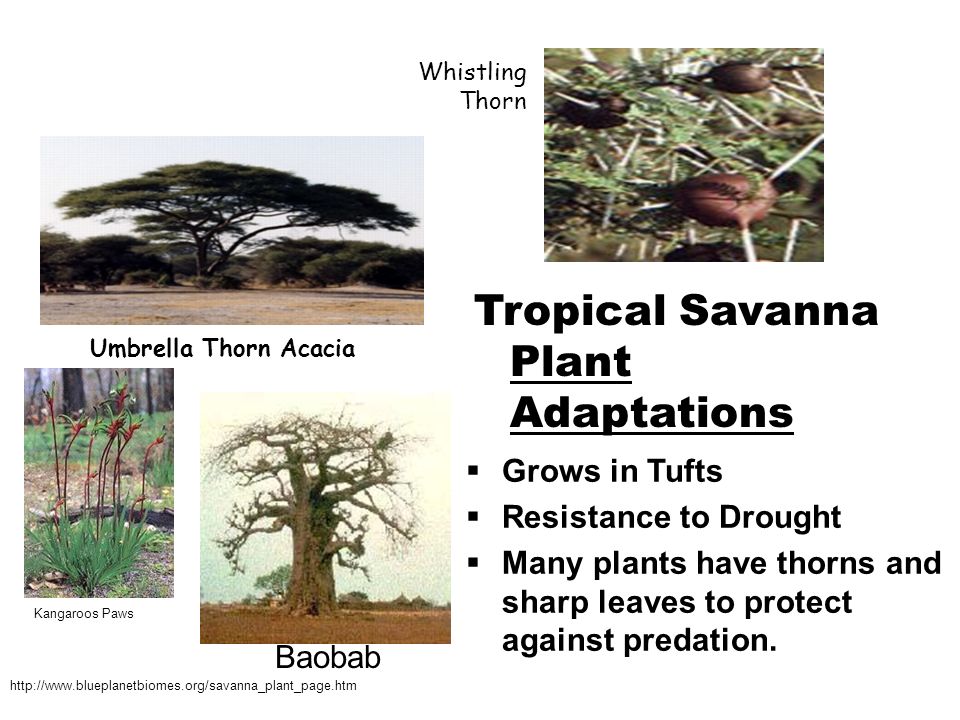 To help prevent future bare patches, you can apply a pre-emergent herbicide in conjunction with a fertilizer to prevent weed germination.
To help prevent future bare patches, you can apply a pre-emergent herbicide in conjunction with a fertilizer to prevent weed germination.
Test Your Soil
Much of a seed’s growth depends on the pH levels of your soil. Since every lawn’s pH is different, testing your soil is important to determine if it’s acidic, neutral, or basic. Based on these results, you’ll know which minerals and nutrients your soil is missing. Many home improvement stores, such as Lowe’s or Home Depot, sell simple five- or six-step DIY soil testing kits. If you prefer to use a professional, many full-service companies will do it for you.
Try Aeration
When your soil has become stagnant and compacted, it’s time to aerate your lawn. This loosens your tightly-packed soil and helps with weed control while fighting the stress from droughts. Try simple DIY methods like garden forks or aerator shoes for a lower cost of aeration. However, for more tightly compacted soil, you may want to use lawn care professionals.
Use Fertilizer
Fertilizing provides new lawns with concentrated nutrients needed while establishing a strong root system. Cool-season grasses should be fertilized using a spreader in the fall, while warm-season grasses can be fertilized throughout the summer. Many homeowners choose a starter fertilizer, which uses nutrients to meet the needs of growing seeds until the root system develops.
Maintaining Your Spring Seeding
It’ll take some time to see results. Cool-season grasses will begin to germinate in five to seven days, while warm-season grasses can take up to three weeks.
Here are some tips on how to nourish your grass as it grows:
- Be patient with grass that’s in the shade, as these seeds will take longer to germinate.
- Water your lawn regularly but don’t overwater, as this will damage the growing grass.
- Wait until at least two months have passed before mowing your grass. Grass will be around three inches in height when it’s ready to be cut.

- Compost kitchen and garden waste to add nutrients to your growing lawn.
Our Conclusion
Timing is everything when it comes to seeding your lawn. If you have cool-season grass, aim to start seeding in late summer or early fall before freezing air and soil temperatures hit your area. Start the seeding process in the late spring or early summer for warm-season grass.
No matter which type of grass you want to grow, be sure to continue lawn care even after the initial planting. If this process sounds too time-intensive, you may want to consider a lawn care service to seed, fertilize, and maintain your yard throughout the year. Our recommendation is TruGreen, a provider that offers comprehensive services and seeding.
Frequently Asked Questions
Our Rating Methodology
The This Old House Reviews Team backs up our lawn recommendations with a detailed rating methodology that we use to objectively score each provider. We review lawn care plans and packages, navigate the provider website and speak with customer service representatives, request quotes, and analyze customer reviews for each provider.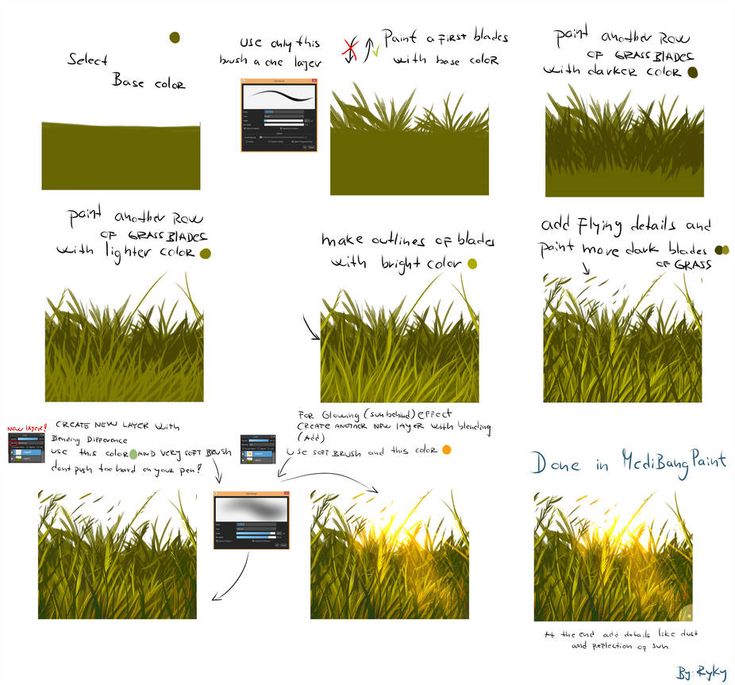 We then score the provider against our review standards for plan options, additional benefits and customizability, availability, trustworthiness, and customer service to arrive at a final score out of 100.
We then score the provider against our review standards for plan options, additional benefits and customizability, availability, trustworthiness, and customer service to arrive at a final score out of 100.
To share feedback or ask a question about this article, send a note to our Reviews Team at [email protected].
When is it better to sow the lawn: timing, soil preparation, sowing features
The emerald carpet of lawn grass has long been an attribute of a well-groomed modern garden. Grassy areas are ideal for creating children's playgrounds, filling curvilinear non-standard areas that violate the overall composition of the garden. Often, lawns are used for grassing garden areas so that the soil under the trees retains moisture longer. Of particular charm are Moorish lawns with a scattering of bright colors.
This lawn carpet does not require mowing, it changes its pattern during the season, thanks to annual and perennial flower crops that open their buds at different times. Many gardeners, in order to save money, grow different types of lawns on their own, using seeds. In order for the grass carpet to please with its beauty and well-groomed surface, it is necessary to sow in the proper time, which we will discuss in more detail in this article.
Many gardeners, in order to save money, grow different types of lawns on their own, using seeds. In order for the grass carpet to please with its beauty and well-groomed surface, it is necessary to sow in the proper time, which we will discuss in more detail in this article.
Do-it-yourself lawns: subtleties and agricultural cultivation techniques
If we talk about the timing of sowing lawns, you can see that this operation can be performed from April to October, although each season has some restrictions, especially summer.
Spring: lawn sowing dates
In spring, any kind of lawn grass can be sown in a previously prepared area, if bald spots or depressions are found, such problems are easily solved and corrected during the season by sowing the seeds again in the corrected area.
Sowing lawn grass seeds in spring should be timed to the period from mid-April to the end of May. Arranging a lawn in the spring has its positive aspects:
- During this period, the grass sprouts quickly, because the garden soil is still filled with moisture after the snow melts, so intensive watering is not necessary.

- With problematic germination, there is always time to correct the mistakes made.
- The annual flowers that make up the Mauritanian lawn have time to get stronger and fully bloom, while perennials and lawn grasses form strong bushes.
- The grass that has grown from spring has time to take root well in the soil, to get stronger, so it overwinters well.
Choose a quiet cloudy day for sowing lawn grass seeds, it is important that the snow melts completely. The surface of the site is carefully leveled, because irrigation and rain water will accumulate in the hollows and hollows, which can lead to decay of weak seedlings. Tender grass shoots quickly clog tall weeds, which not only block sunlight, but also quickly deplete the site. Before sowing the lawn, the area should be treated against the germination of weeds, as well as the timely removal of aggressive grasses.
Spring seeding of the lawn seems to be the most optimal, but it is not quite so. Sowing seeds in moist soil and their rapid germination before the onset of heat is of course pleasing, but already in May it will be necessary to carefully water the area with the sown lawn, because with the onset of heat, moisture evaporates more intensively, so there may be uneven moistening and partial attacks of grass cover.
Sowing seeds in moist soil and their rapid germination before the onset of heat is of course pleasing, but already in May it will be necessary to carefully water the area with the sown lawn, because with the onset of heat, moisture evaporates more intensively, so there may be uneven moistening and partial attacks of grass cover.
Important! When sowing a lawn in the spring, be aware that seed consumption may increase.
Summer: can I sow the lawn or is it better to wait?
In summer, sowing a lawn is quite problematic, especially in the southern regions, where the thermometer goes off scale at around +40 C. In such conditions, the top layer of the earth, where the seeds are located, dries up quickly, which forces frequent watering.
In the summer, you can correct errors, sow the lawn on "bald" places, where for some reason the grass did not sprout or died.
If the temperature in your area is rather moderate in summer, the forecasters do not promise heavy rains, you can sow lawn grass seeds in the period from the end of June to the first half of July.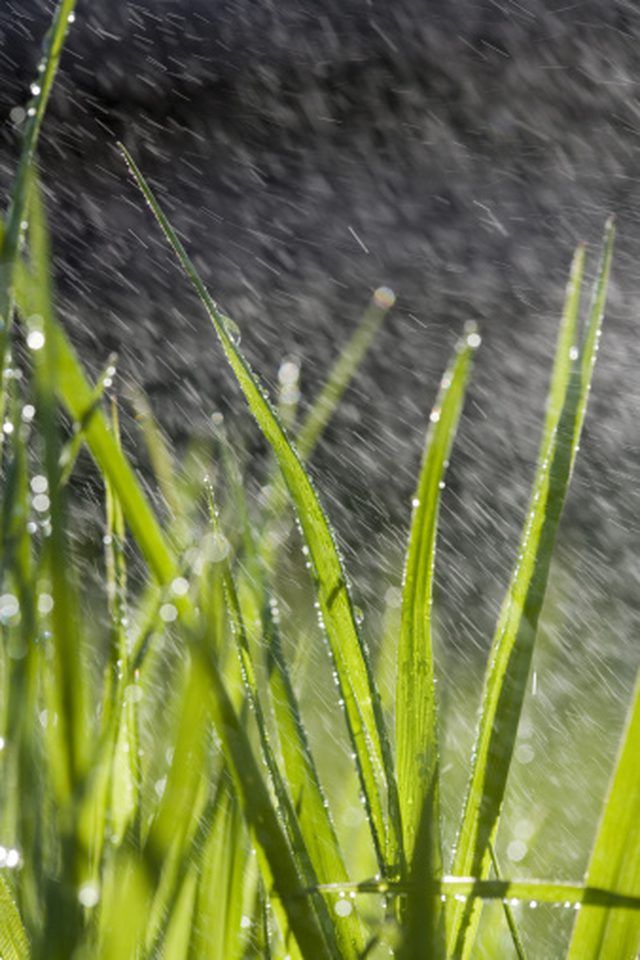 You should be prepared for intensive and frequent watering of seeded lawns.
You should be prepared for intensive and frequent watering of seeded lawns.
Sowing lawn grass in autumn
Have you opted for sowing lawn in autumn? Do not delay the process until frost. The best time to plant a lawn in the fall is early September. At this time, the first autumn rains have already saturated the soil with moisture, the intense heat subsided, so the young grass bushes will have time to take root well.
It is not worth delaying sowing, even planning lawn plantings for the beginning of October can be considered late.
But at a temperature of about 0 C, winter sowing of lawn mixtures can be carried out. In this case, one should not wait for seedlings to germinate in autumn, they will appear only in spring, and the winter period will serve for the natural stratification of seeds. You should not expect that the grass that appears will be an ideal green carpet - in winter, part of the seeds freezes out, so the bald spots will have to be repaired in the spring.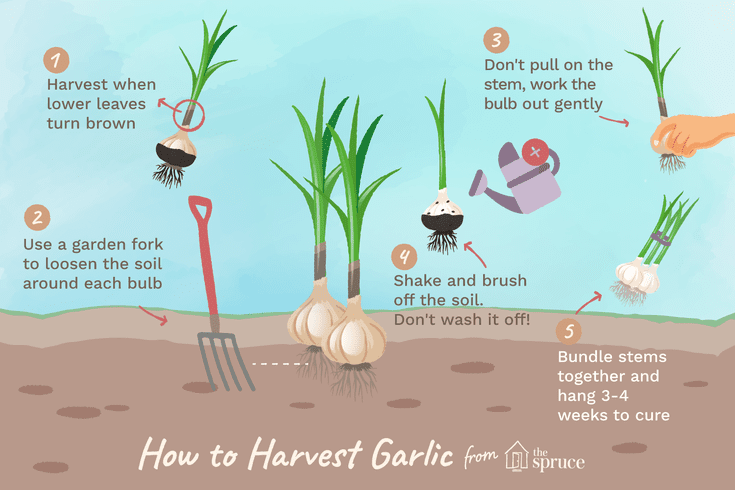
Important! Whatever time of year you plan to plant your lawn, the site should be prepared 1-2 months in advance.
Preparing the site for sowing the lawn
The first thing to do when preparing the site for the lawn is to remove the debris. It is necessary to uproot all dried garden plants that interfere with the arrangement of the site. All stones, debris, weeds, leaves and tops of garden plants are removed from the surface.
Particular attention should be paid to the presence of stones, concrete blocks, bricks and reinforced concrete structures immersed in the ground. When cultivating the soil with mechanisms, cutting the grass cover, such hidden objects can damage the equipment.
If the site has been abandoned before, a lot of weeds grew on it, it is worth removing the top layer of earth with sod and laying it in a heap for overdrying. It is worth getting rid of weeds drastically, it may be necessary to carry out chemical treatment of the site.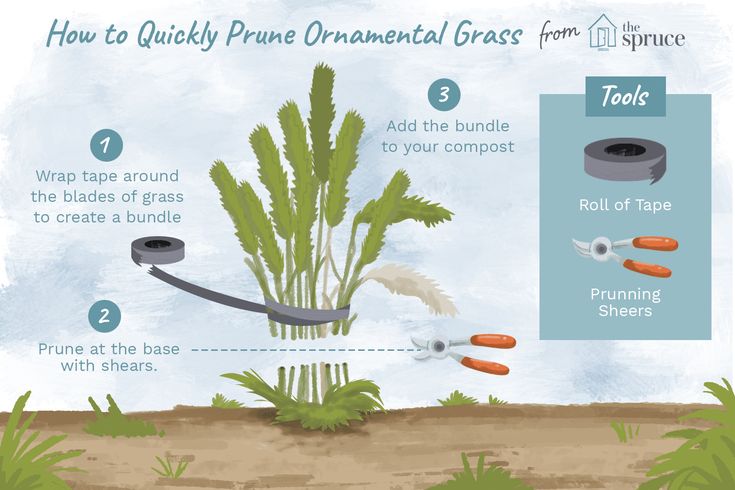
Digging
The soil in the area allocated for sowing the lawn is dug up very carefully. On one bayonet, shovels dig up areas that have already been used for growing plants. Virgin areas are dug up for 2 bayonets of a shovel, turning and loosening the soil. During digging, sand, peat, mineral fertilizers are added to the garden soil (ammonium nitrate and superphosphate are added at the rate of 40 g per 1 m2, potassium sulfate - 30 g per 1 m2).
If the site is dominated by soil with an alkaline reaction - peat should be added, with an acidic one - lime, dolomite flour or chalk are added to the ground. Compacted dense and heavy soil is corrected by adding manure or biohumus.
If groundwater is close to the surface in the area, it is worth arranging drainage.
After digging, the area is carefully leveled and harrowed, then compacted with a roller or trampled down with feet (in small areas). The compacted soil on the site is slightly loosened with a rake, after which it is left fallow for 1-2 months.
Fresh soil will invariably overgrow with weeds, which must be periodically removed to prevent insemination. If you cover the area with geotextiles, the germination of weeds will be restrained.
During the period of rest under the influence of precipitation, the earth on the site will partially settle, after 2 months it will be clearly visible where it is necessary to pour the soil.
Immediately before sowing lawn grass, the area is loosened again.
Features of sowing lawn grass mixtures
To calculate the need for seeds, use the information on the package - the manufacturer clearly indicates the required number of seeds per 1 m2, but the extreme conditions of hot summer or snowless winter are not taken into account, therefore, for spring-summer sowing, it is worth purchasing 10-15 seeds % more than the norm, for winter sowing - 25-30% more than the recommended standard.
Important! Pay attention to the purpose of the lawn, do not sow a sunny area with grass mixture for shady places, but sow grasses in the shade that prefer to grow in the sun.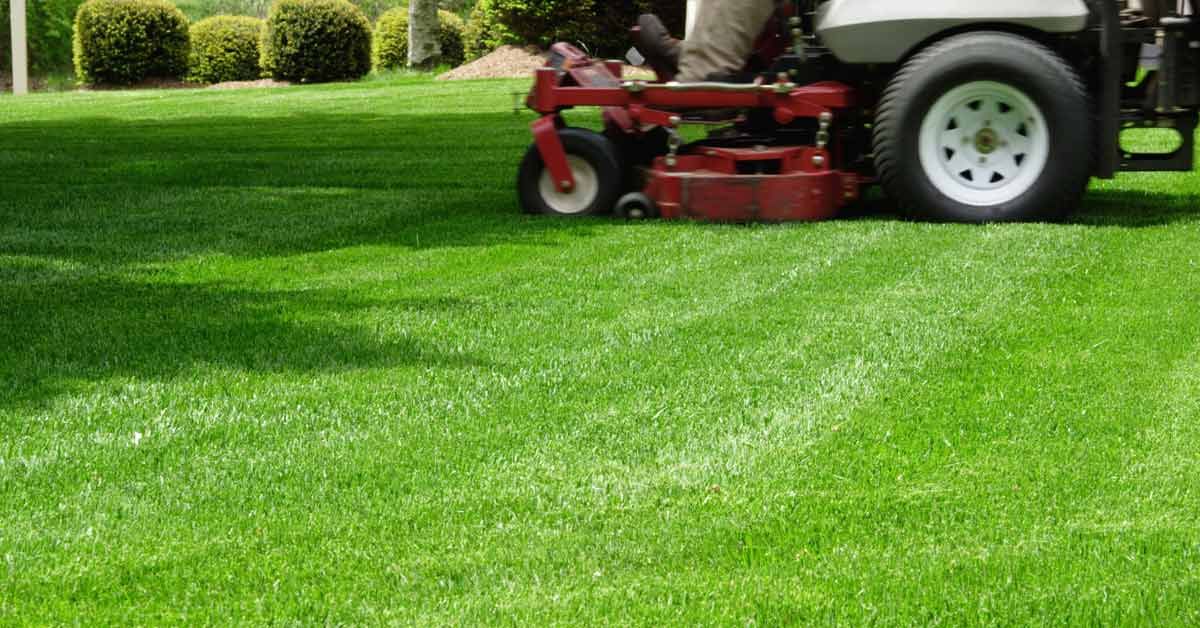
Seeding can be carried out manually and with special devices. For sowing, use a seeder.
When sowing by hand, the following rules should be followed:
- Grass seeds are mixed with dry sand at a ratio of 1:1.
- First, sowing seeds is carried out along the plot, then across.
- The edges are sown thicker than the middle, about 2 times.
- After sowing, the plot is worked with a rake, then rolled with a heavy roller.
- Humidification of crops is carried out very carefully by sprinkling - make sure that the water jet does not wash out the seeds.
After about 1-2 weeks the grass will sprout, do not forget to water the crops.
Published: 06 Jun 2020
Views: 29805
(Votes: 3, Rating: 4.0)
Share with friends:
When to plant lawn grass in spring
27 February2020
Best planted lawn grass for the winter, then you will get a stronger grass cover for the next year.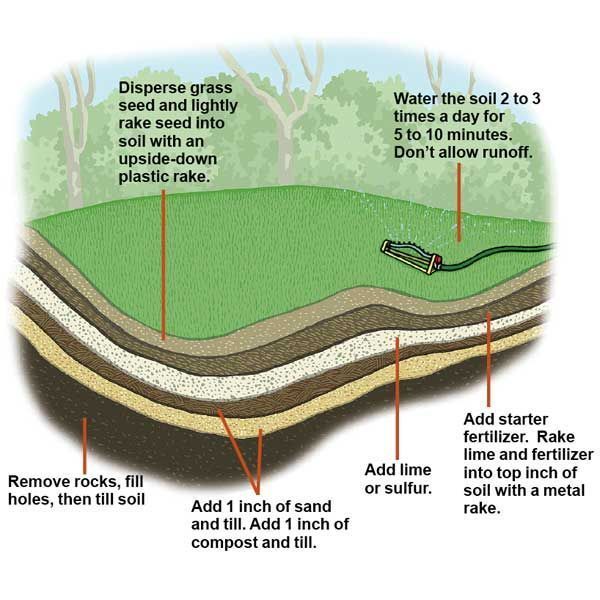 However, you can sow the lawn in the spring, if you do it on time and choose the right seeds. If you still have not decided whether to sow lawn grass in spring or autumn, we suggest that you familiarize yourself with the features of sowing a lawn in spring. So you can decide if this method of growing is right for you.
However, you can sow the lawn in the spring, if you do it on time and choose the right seeds. If you still have not decided whether to sow lawn grass in spring or autumn, we suggest that you familiarize yourself with the features of sowing a lawn in spring. So you can decide if this method of growing is right for you.
How to choose the type of lawn for sowing in the spring
Different types of lawns are chosen for the arrangement of a summer cottage, a country house, depending on its purpose. It is often possible to combine several options to create an unusual exterior that will serve not only as a place of rest, but will also look aesthetically pleasing.
Different types of lawns are used to improve the territory, let's look at the most popular ones.
An ordinary type of lawn is suitable for landscaping a recreation area, it is quite resistant to physical stress and is not very whimsical in care. When choosing grass in this case, the following options are used: creeping wheatgrass, wheatgrass, etc.
When choosing grass in this case, the following options are used: creeping wheatgrass, wheatgrass, etc.
Parterre is considered the most spectacular option. To create such a coating, special soil treatment is needed. Such a lawn is resistant to low temperatures, droughts, it quickly recovers after mowing. Therefore, the parterre is rightfully considered an elite type of lawn. However, you need to know how to take care of it. The lawn is regularly watered (this should be done in the evening, and in the heat - twice a day). It needs to be cut regularly, and the cut grass should be removed immediately.
Sports pitches are characterized by resistance to physical impacts. Meadows are most suitable for creating a beautiful lawn over a large area. They are also suitable for creating a place for children to play.
Moorish lawn is special because it uses mixtures of herbs and flowers that bloom at different times. Low-growing grasses in this case serve as a background.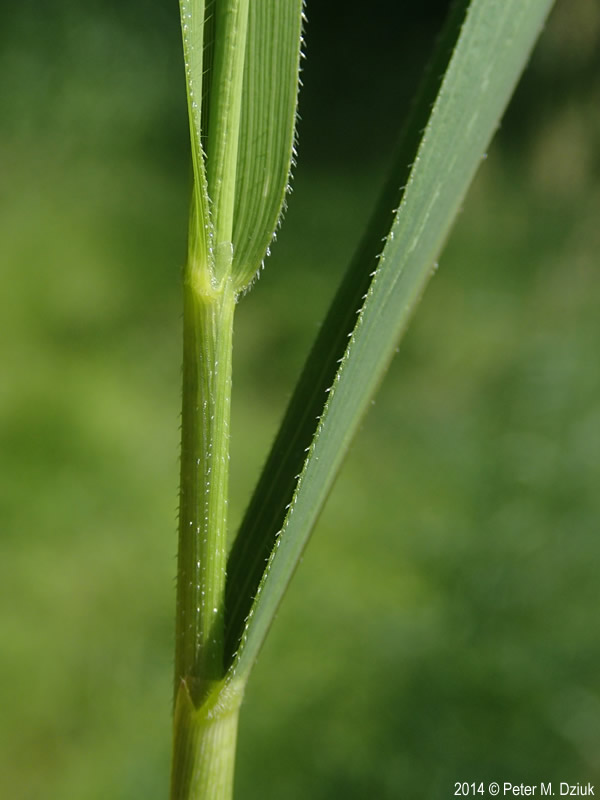 To keep such a lawn in an attractive form, you need to carefully look after it and systematically cut it. Its disadvantage can be called the fact that with improper care, the lawn quickly becomes unkempt. However, the flowering of its flowers will please the eye of any gardener.
To keep such a lawn in an attractive form, you need to carefully look after it and systematically cut it. Its disadvantage can be called the fact that with improper care, the lawn quickly becomes unkempt. However, the flowering of its flowers will please the eye of any gardener.
Planting dates
To grow any of the above lawns on your site, you need to know when lawn grass is sown in spring.
Parterre lawn is sown in areas where there is a lot of sun, because the shade can cause thinning of the grass. Seeds are sown in dry, calm weather: they are mixed with sand 1:3 and sown manually or with a seeder. Wait until the weather is warm enough - you can sow the seeds in April.
The common type of lawn grass is best suited for a suburban area, as it does not require complex maintenance. It is enough to trim it once a week. You can sow lawn grass in spring in April, May or in the first half of summer. So the grass will have time to sprout and get stronger before wintering.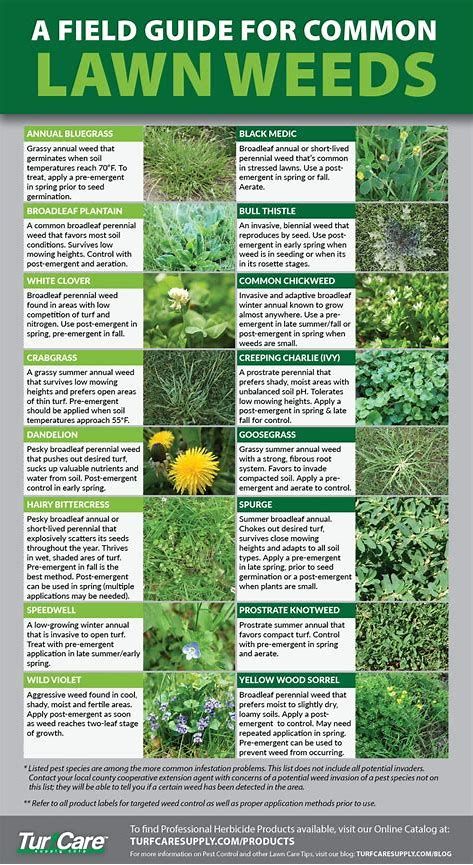
Sports turf is sown where regular high loads are expected, but it grows back quickly. Please note that if the sports turf is rarely used, the grass will not grow well and may lose its decorative effect. You can sow the lawn as soon as warm weather sets in: this may be the middle or end of April (depending on the place where it will grow).
Meadow lawn sowing terms practically do not differ from other types. It is necessary to wait until nighttime temperatures are stable and do not fall below 5-10 ° C. Depending on the region, this may be the second half of April or the beginning of May (start from what spring was like in a particular year).
Moorish consists of herbs and wildflowers. Such lawns are best placed in remote parts of the garden so that they do not get trampled. With it, you can turn an area unsuitable for other plants into a flowering meadow. In the spring, this lawn can be sown in late April or May.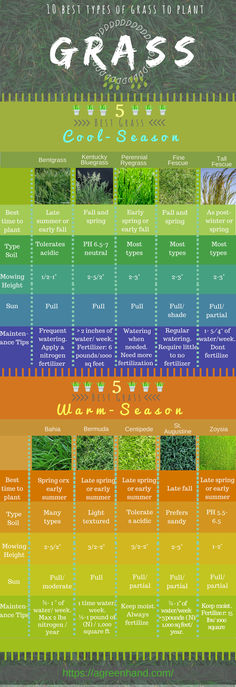
It is better to plant lawn grass in the country in the spring on a quiet day without wind, after watering the planting area with water before that.
Soil preparation
If we have figured out the question of when to plant lawn grass in spring, then we need to talk about preparing the soil before sowing separately. After all, the choice of a site, its fertilizer, digging are all important aspects of growing a beautiful and healthy lawn.
So, for example, to grow a parterre lawn, you will have to work hard, because the lawn becomes completely dense in about 2-3 years. First of all, when preparing the site, you need to remove any debris, even the smallest. Weeds, pebbles, wood chips and branches - none of these should be present on the site where you are going to grow parterre lawn. Next, you need to make good drainage - it is needed so that puddles do not stagnate on the grass after heavy rain. If the area where the lawn will grow is at a slight slope, it is not necessary to equip the drainage.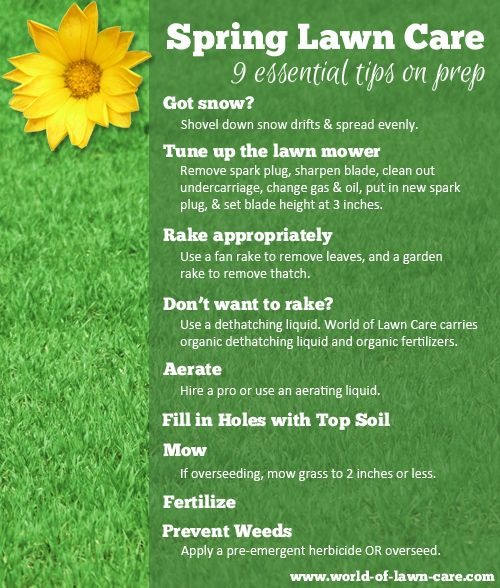 Such a lawn needs to be watered on time, so if possible, equip an automatic underground irrigation system.
Such a lawn needs to be watered on time, so if possible, equip an automatic underground irrigation system.
The soil needs to be dug up on a shovel bayonet and fed. Compost or clay should be added to sandy soil, heavy soils should be diluted with river sand. Mineral fertilizers are also applied to the soil. The day before sowing, the site is rolled and watered abundantly.
Preparing the soil for other types of lawn is not much different from preparing the ground. The area where an ordinary lawn will grow is also cleared of debris and weeds (you can even treat the soil with chemicals to accurately remove the weed roots). After 3 weeks, the soil is dug up, fertilizers are applied and the site is allowed to rest for 2-3 weeks. Such preparation can be carried out not necessarily in the spring, but also before the winter. Before planting, the entire area can be fertilized with compost, then the soil is compacted.
For Mauritanian lawn, the soil is prepared, in general, as for the usual, only you need to carefully approach the issue of weed removal. Herbicides can be used to completely remove weeds. Also remember to fertilize the soil before sowing.
Herbicides can be used to completely remove weeds. Also remember to fertilize the soil before sowing.
Soil preparation for sports and meadow lawns is not much different from the previous ones. It is important to level the site if the area has a large slope. Create a drainage system, if necessary, equip an irrigation system. Then completely remove the weeds and clear the area.
For a lawn, the fertile soil layer must be at least 10 cm in order for the grass to grow and develop properly. Also keep in mind that lawn grass is sensitive to soil acidity. During the first time after sowing, you can also cover the area with a mosquito net to protect the seeds from wind and direct sunlight. The plot, of course, is important to feed, but if the grass is overfed, the seedlings will turn yellow.
In the spring, it is important to ensure that the lawn is sufficiently watered once a week, to remove weeds that will interfere with the growth of weak grass, to cut and fertilize in a timely manner, in particular based on nitrogen and potassium.
What to do so that the seedlings are uniform in spring
After preparing the soil, you need to find out how to plant lawn grass in the spring so that the seedlings are friendly and there are no bald spots on the site. To do this, use some tips:
- The site must be prepared for sowing in advance.
- Make sure that there are enough nutrients in the top layer of the soil.
- After you have chosen the area where the lawn will grow, divide it into small squares. Each plot needs to be sown up and down - then there will be fewer empty places.
- An important point is the humidity of the lawn, especially during the drought period. Until the seedlings grow by 6 cm, they are watered manually with a watering can. Then you can use auto-watering.
- Don't forget to cut your plants in time. As soon as the seedlings reach 6 cm, you can mow the lawn for the first time.
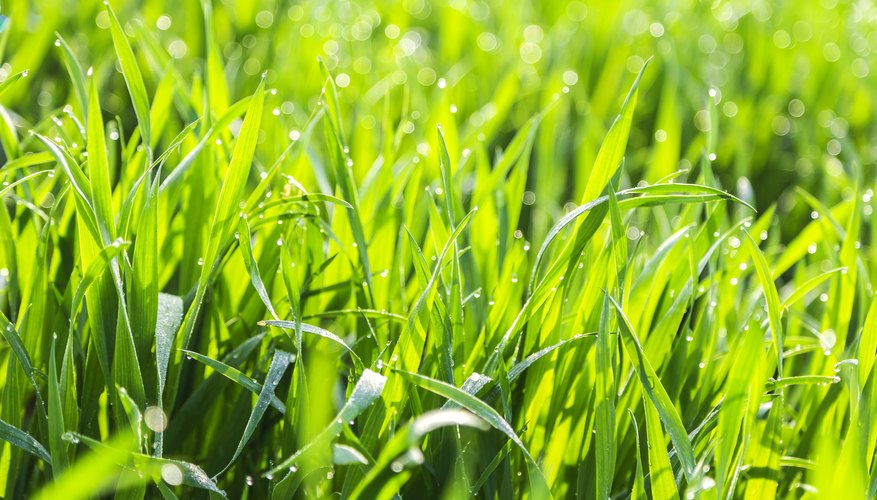
Learn more



